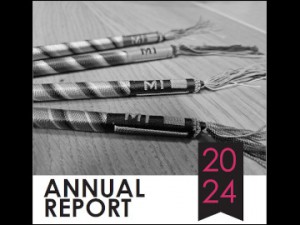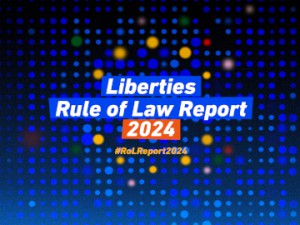Statelessness in Slovenia – What does National Law Say?
12. 12. 2014 | Human Rights and Minorities

At the symposium held on 2 December 2014 she pointed out that Slovenian legislation, though generally coherent in this field, still contains a few specific gaps that do not entirely prevent statelessness, in particular childhood statelessness. An appeal to the authorities has been put forward to consider not only amending the legislation, but also to ratifying the 1961 UN Convention on the Reduction of Statelessness. This would be important due to the fact that in the past Slovenia, as part of Yugoslavia as well as after declaring independence in 1991, contributed to statelessness with its then normative framework. In addition, even though today Slovenia does not seem to have an extensive statelessness problem on its territory, ratification of the Convention would encourage to ratifications by other states that might be facing more serious statelessness issues.
In the past few years the Peace Institute has been actively working on statelessness issues. Recent projects included a legal analysis of the legal framework and a mapping study. The aim of the legal analysis was to identify gaps and problems in the legislation in relation to prevention and reduction of statelessness, as well as to understand whether the national legislation related to statelessness is in line with international standards. The aim of the mapping study was to identify the official number of stateless persons in Slovenia and to understand how statelessness is dealt with by governmental bodies and non-governmental organizations. The Peace Institute is a member of the European Network on Statelessness.
Donors and partners: UNHCR




